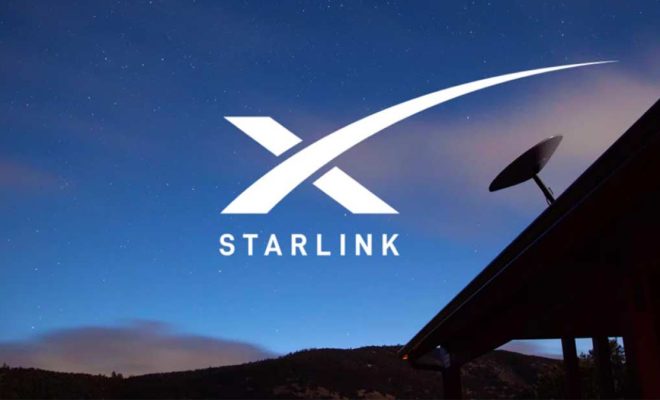What is 1000BASE-X?

1000BASE-X is a type of Ethernet communication standard that supports the transmission of data at speeds of up to 1 Gbps (Gigabits per second) over a single fiber optic cable or a pair of copper wires. It is also known as Gigabit Ethernet, and it has become the de-facto standard for high-speed networking in modern computer systems.
The 1000BASE-X standard is part of a family of Ethernet standards developed by the Institute of Electrical and Electronics Engineers (IEEE) under the code name IEEE 802.3z. It was first introduced in 1998, and since then has become one of the most widely adopted Ethernet standards in use today.
There are two main types of physical media used for 1000BASE-X: fiber optic and copper. The fiber optic version, also known as 1000BASE-SX, uses multimode fiber optic cables and can transmit data up to a distance of 550 meters. The copper version, known as 1000BASE-T, uses Category 5 or higher twisted pair cables and can transmit data up to a distance of 100 meters.
Both the fiber and copper versions of 1000BASE-X use differential signaling, which means that they transmit data as a pair of complementary electrical signals. This helps to reduce the effects of electromagnetic interference and crosstalk, and ensures reliable and accurate data transmission.
One of the major advantages of 1000BASE-X is its high speed, which is up to ten times faster than the earlier 100BASE-TX standard. This makes it ideal for applications that require fast and reliable data transfer, such as video streaming, online gaming, and large file transfers.
Another advantage of 1000BASE-X is its scalability. It can be easily upgraded to support higher speeds by adding more fibers or using higher quality cables. It is also backward compatible with older Ethernet standards, which means that it can be used in existing networks without requiring a complete overhaul.
In conclusion, 1000BASE-X is a high-speed Ethernet standard that provides fast and reliable data transmission over fiber optic or copper cables. It is widely used in modern computer systems and networks, and has become an essential part of the digital infrastructure. Its scalability and backward compatibility make it a future-proof solution for businesses and organizations of all sizes.






